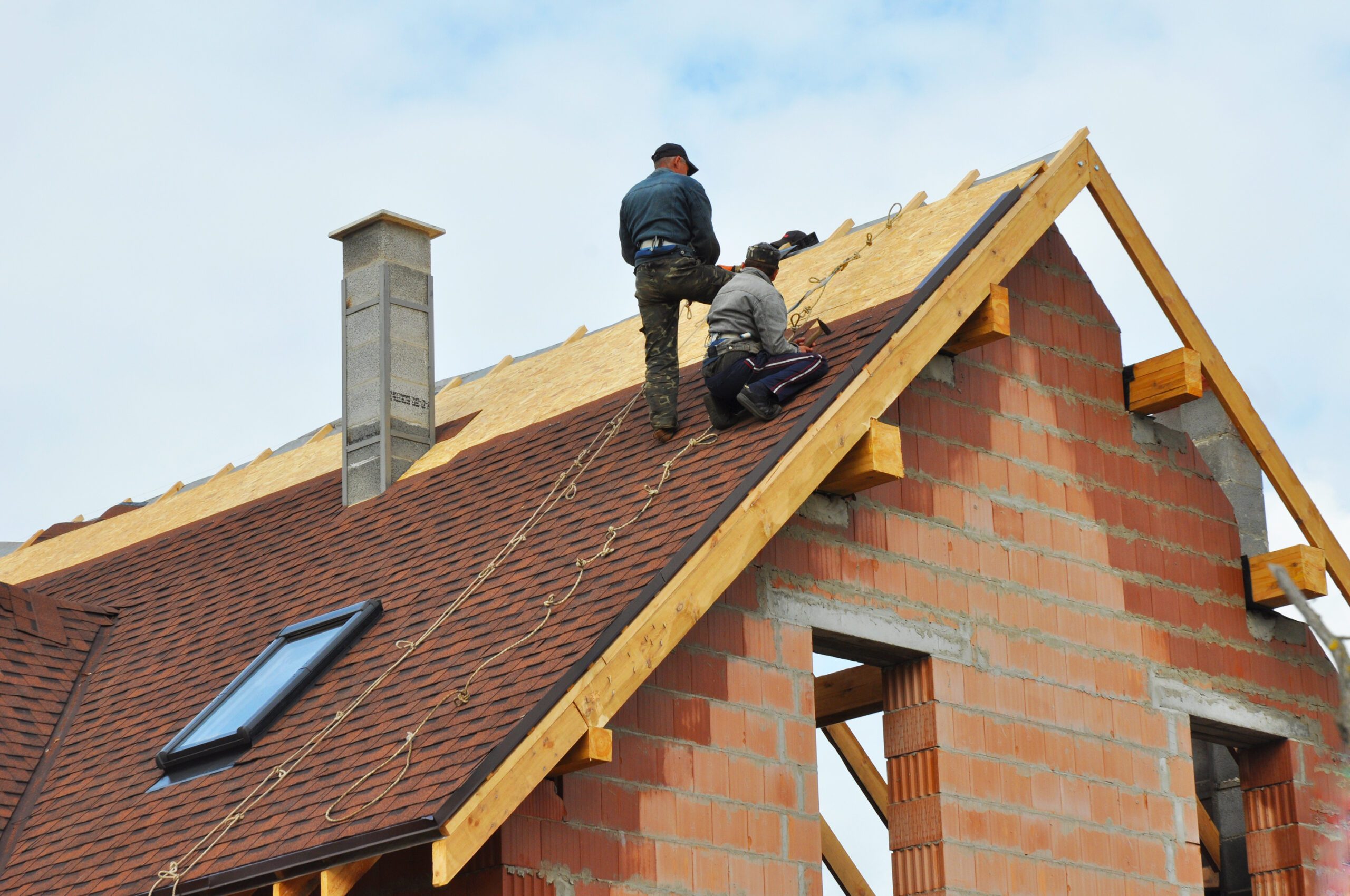Sticker shock from roofing estimates got you feeling overwhelmed? You’re not alone. Many Michigan homeowners are surprised by the complexity of roofing costs, especially when estimates vary wildly between contractors or when unexpected expenses pop up mid-project.
At Leach Construction, we believe in transparent pricing and honest communication. That’s why we’re breaking down everything you need to know about roofing costs – from material choices and labor factors to hidden expenses and money-saving strategies.
Whether you’re considering a complete roof replacement or planning for future repairs, understanding these costs helps you make informed decisions and avoid budget surprises. Let’s dive into the real numbers behind roofing materials, installation costs, and everything in between.
💰 What Really Drives Roofing Costs
Roofing costs aren’t just about materials and labor – multiple factors interact to determine your final price. Understanding these variables helps you make smart choices and avoid unexpected expenses.
Material Selection Impact
Your choice of roofing material has the biggest impact on your total cost. Here’s what to expect:
- Asphalt shingles – $3-6 per square foot (most cost-effective option)
- Metal roofing – $7-12 per square foot (excellent durability and longevity)
- Cedar shake – $6-10 per square foot (natural beauty with higher maintenance)
- Tile roofing – $8-15 per square foot (long-lasting but heavy)
- Slate or premium materials – $15-30+ per square foot (ultimate durability and prestige)
Roof Size and Complexity
The size and design of your roof significantly affects labor costs and material requirements:
- Roof pitch – Steeper roofs require more safety equipment and time
- Multiple angles – Complex designs increase labor and waste
- Dormers and features – Each addition requires custom flashing and detail work
- Height – Multi-story homes cost more due to safety requirements
Labor Cost Variables
Labor costs vary based on several factors:
- Contractor experience – Skilled professionals cost more but deliver better results
- Local market rates – Regional differences in labor costs
- Season timing – Peak season (spring/summer) typically costs more
- Project complexity – Intricate work requires specialized expertise
Custom Features and Upgrades
Additional features can enhance your home but add to costs:
- Skylights – $1,500-3,000+ per skylight
- Improved ventilation – $300-800 per vent
- Upgraded underlayment – $0.50-1.50 per square foot
- Ice dam protection – $3-7 per linear foot
Understanding these factors helps you prioritize upgrades and make informed decisions about your roofing investment.
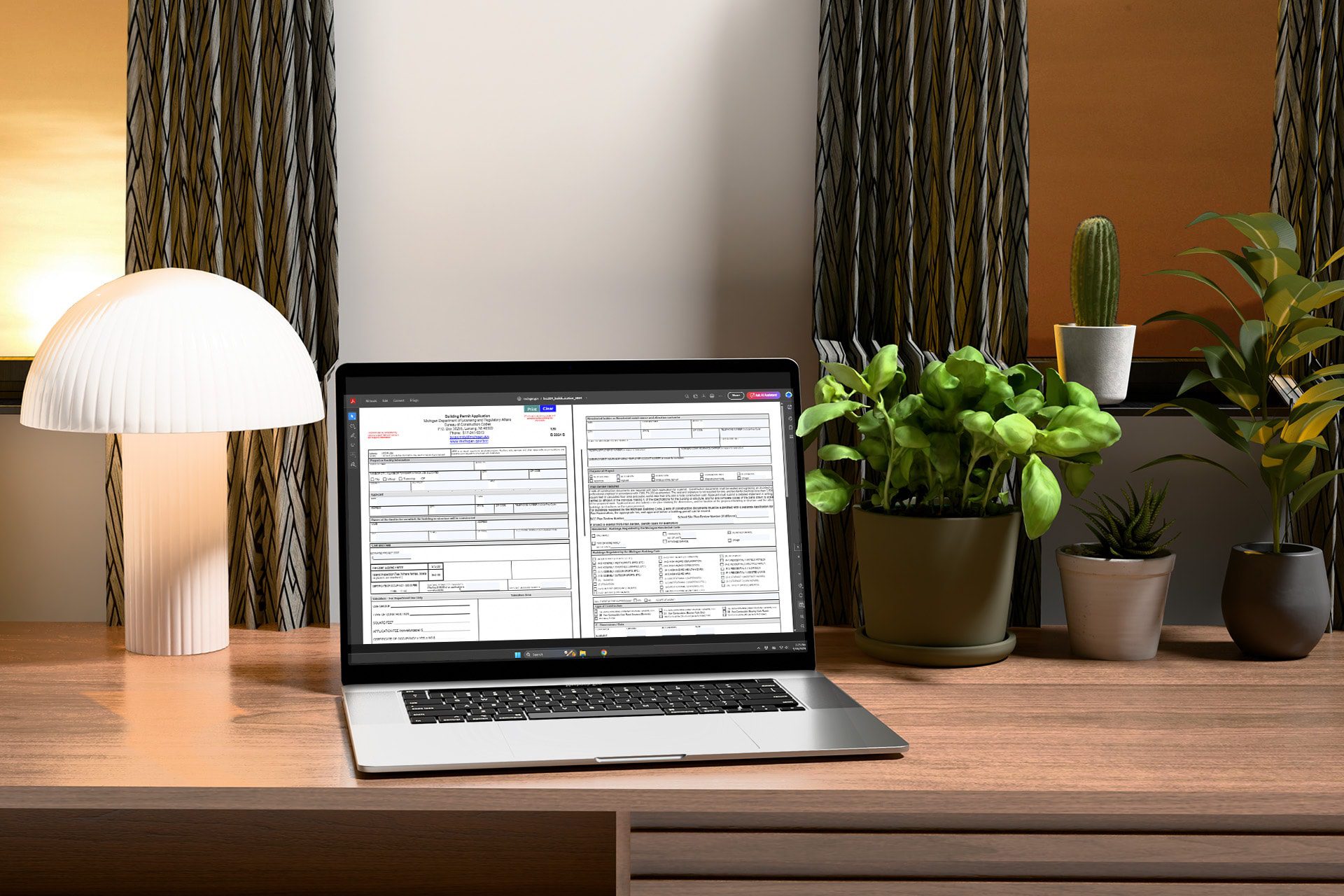
🔍 Hidden Costs That Catch Homeowners Off Guard
Even with a detailed estimate, unexpected expenses can derail your roofing budget. Here are the most common hidden costs and how to prepare for them.
Permits and Inspections
Most roofing projects require permits, and the responsibility varies by contractor:
- Permit costs – $100-500 depending on local requirements
- Inspection fees – $150-300 per required inspection
- Who handles permits – Verify whether your contractor obtains necessary permits
Always confirm permit responsibilities in your contract to avoid surprises.
Structural Surprises
The biggest budget-busters often hide beneath your existing roof:
- Rotted decking – $3-7 per square foot to replace
- Structural damage – Can add thousands to your project
- Insulation replacement – $1-3 per square foot
- Ventilation upgrades – Required by code in many areas
Removal and Disposal
Getting rid of your old roof isn’t free:
- Tear-off labor – $1-3 per square foot
- Disposal fees – $300-800 per project
- Dumpster rental – $400-800 for large projects
Contingency Planning
Smart homeowners budget 10-20% extra for unexpected issues. Professional roof inspections before starting can help identify potential problems early.
💡 Smart Strategies to Reduce Roofing Costs
You don’t have to sacrifice quality to manage roofing costs. These proven strategies can help you save money without compromising on protection.
Timing Your Project
Scheduling strategically can save significant money:
- Fall/winter projects – 10-20% savings during off-peak seasons
- Avoid emergency timing – Plan ahead to prevent premium pricing
- Weather considerations – Balance savings with weather constraints
Material Selection Strategies
Choose materials that balance cost, quality, and longevity:
- Mid-grade options – Often provide the best value proposition
- Bulk purchasing – Contractors can often negotiate better material prices
- Surplus materials – Sometimes available at significant discounts
DIY Preparation Tasks
Handle simple tasks yourself to reduce labor costs:
- Clear roof area – Remove debris and obstacles
- Protect landscaping – Cover plants and outdoor furniture
- Provide site access – Ensure easy access for workers and materials
Safety first: Leave all actual roofing work to professionals – the savings aren’t worth the risk.
Multiple Quotes Strategy
Getting multiple estimates helps you:
- Compare pricing – Understand market rates for your project
- Identify outliers – Spot unusually high or suspiciously low bids
- Negotiate terms – Use competitive quotes to your advantage

💳 Financing Options for Your Roofing Project
A new roof is a significant investment, but various financing options can make it manageable within your budget.
Traditional Financing
- Home equity loans – Typically offer the lowest interest rates
- Home equity lines of credit (HELOC) – Flexible access to funds
- Cash-out refinancing – Roll roofing costs into your mortgage
Contractor Financing Programs
Many reputable contractors offer financing options:
- Promotional rates – 0% interest for qualified buyers
- Extended payment terms – Spread costs over 5-10 years
- Flexible approval – Often easier to qualify than traditional loans
Specialized Home Improvement Loans
Personal loans designed for home improvements:
- No collateral required – Unsecured financing options
- Quick approval – Often funded within days
- Fixed rates – Predictable monthly payments
Payment Plan Considerations
When evaluating financing options, consider:
- Total cost – Interest and fees over the loan term
- Monthly impact – Ensure payments fit your budget
- Prepayment options – Ability to pay off early without penalties
🛡️ Navigating Insurance for Roof Replacement
Understanding your insurance coverage can significantly impact your roofing costs. Proper documentation and communication with your insurer are essential, particularly when dealing with the roof replacement price covered by insurance.
Essential Documentation
Prepare comprehensive records for potential insurance claims:
- Damage photos – Document all visible damage with dates
- Maintenance records – Show you’ve properly maintained your roof
- Age verification – Warranty information or installation records
- Professional assessments – Contractor evaluations of damage
Working with Your Insurance Provider
Effective communication with your insurer includes:
- Prompt reporting – File claims quickly after damage occurs
- Detailed estimates – Provide comprehensive contractor quotes
- Coverage clarification – Understand what’s covered and what isn’t
- Adjuster coordination – Work with insurance adjusters during inspections
Maximizing Insurance Benefits
To get the most from your coverage:
- Understand your policy – Know your deductible and coverage limits
- Document everything – Keep detailed records of all communications
- Use approved contractors – Some insurers have preferred provider networks
- Review settlements carefully – Ensure estimates cover all necessary work
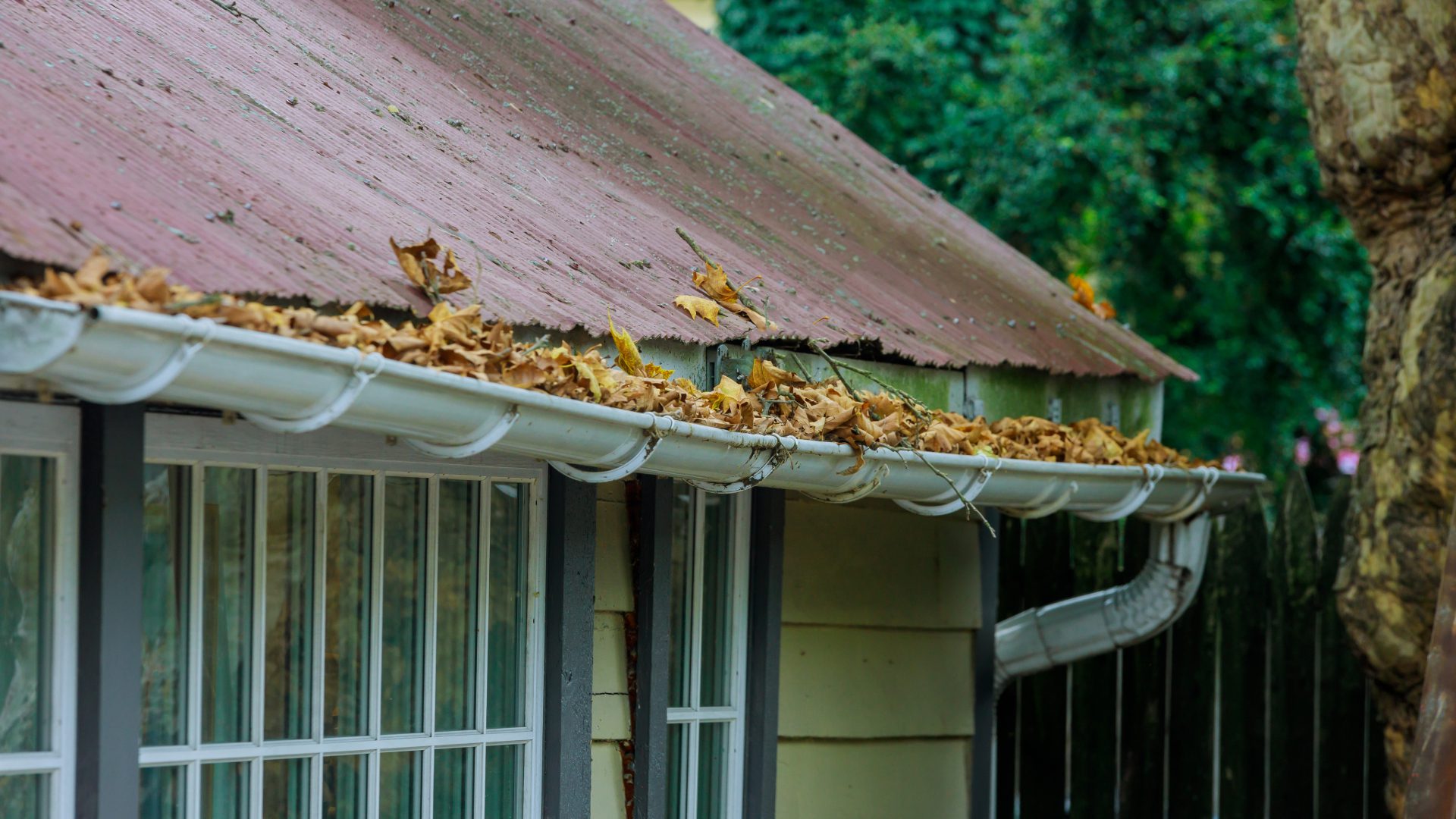
🔧 Preventive Maintenance: Your Best Investment
Regular roof maintenance is the most cost-effective way to extend your roof’s lifespan and avoid expensive replacements.
Seasonal Inspection Schedule
- Spring inspections – Check for winter damage and storm issues
- Fall preparation – Clear gutters and prepare for winter
- After severe weather – Assess damage immediately
- Annual professional inspections – Catch problems early
Key Maintenance Tasks
- Gutter cleaning – Prevent water backup and ice dams
- Debris removal – Clear leaves, branches, and buildup
- Flashing inspection – Check seals around penetrations
- Shingle assessment – Look for loose, damaged, or missing shingles
Professional Maintenance Benefits
Regular professional maintenance provides:
- Expert assessment – Identify issues you might miss
- Preventive repairs – Fix small problems before they become major
- Warranty protection – Maintain manufacturer warranties
- Documentation – Records for insurance and resale
Maintenance vs. Replacement Costs
Consider these lifespan expectations:
- Asphalt shingles – 20-25 years with proper maintenance
- Metal roofing – 40-70 years with minimal maintenance
- Tile roofing – 50-100 years with regular care
- Slate – 75-200 years with professional maintenance
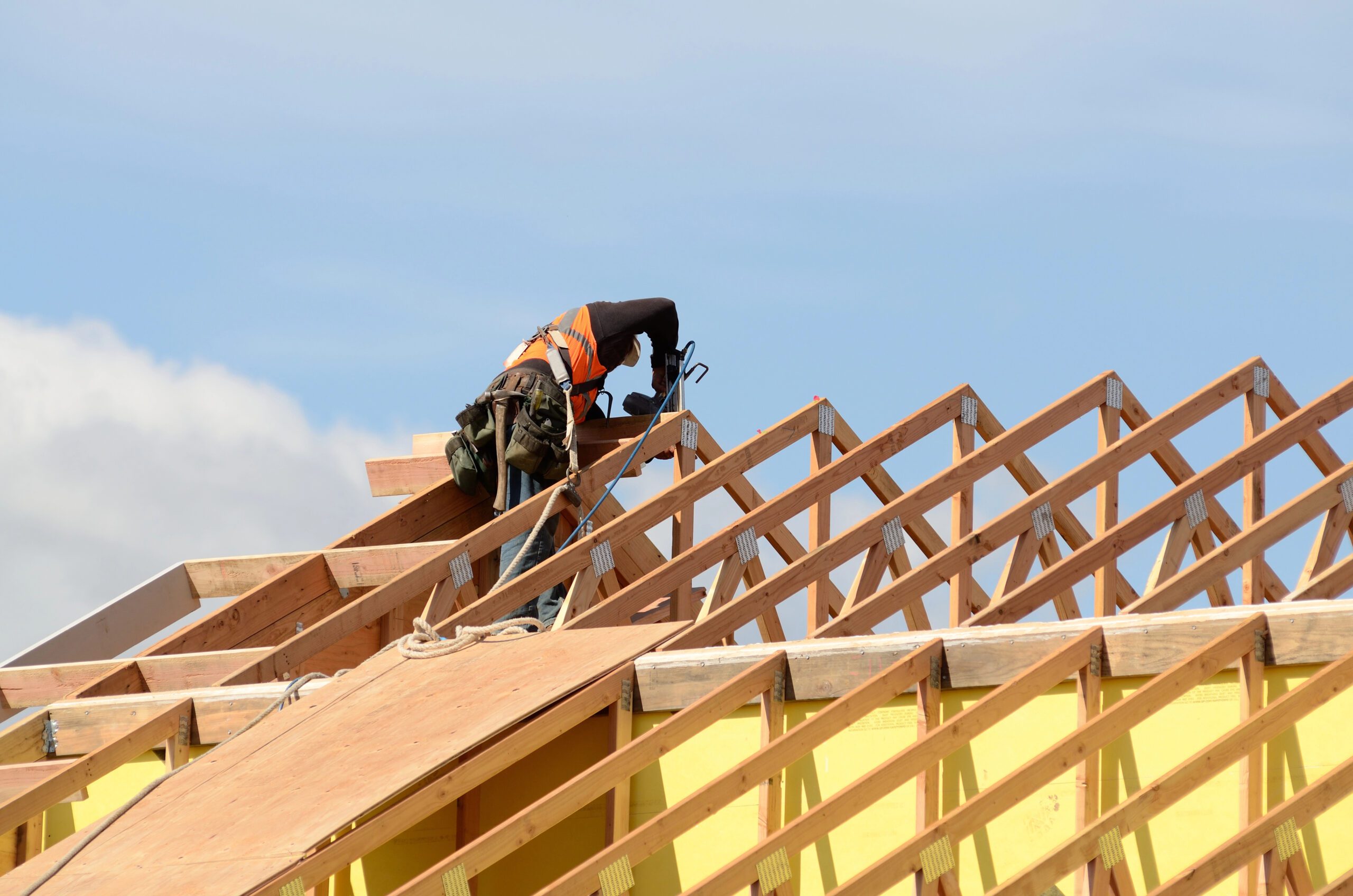
⚠️ Warning Signs You Need a New Roof
Recognizing when it’s time for replacement helps you plan and budget appropriately, avoiding emergency situations that cost significantly more.
Visual Warning Signs
- Shingle damage – Cracked, curled, or missing shingles
- Granule loss – Excessive granules in gutters
- Dark streaks – Algae or moss growth indicating moisture issues
- Sagging areas – Structural problems requiring immediate attention
Interior Warning Signs
- Water stains – Ceiling or wall discoloration
- Daylight visible – Light coming through roof boards
- Mold or mildew – Moisture problems in attic or upper floors
- Energy bill increases – Poor insulation or ventilation
Age-Related Considerations
Even without visible damage, age matters:
- Approaching lifespan limits – Plan for replacement before failure
- Frequent repairs – When repair costs exceed replacement value
- Obsolete materials – Difficulty finding matching repair materials
Professional Assessment
When in doubt, get a professional evaluation to:
- Assess remaining lifespan – Understand timeline for replacement
- Identify priority repairs – Address urgent issues first
- Plan for replacement – Budget and schedule appropriately
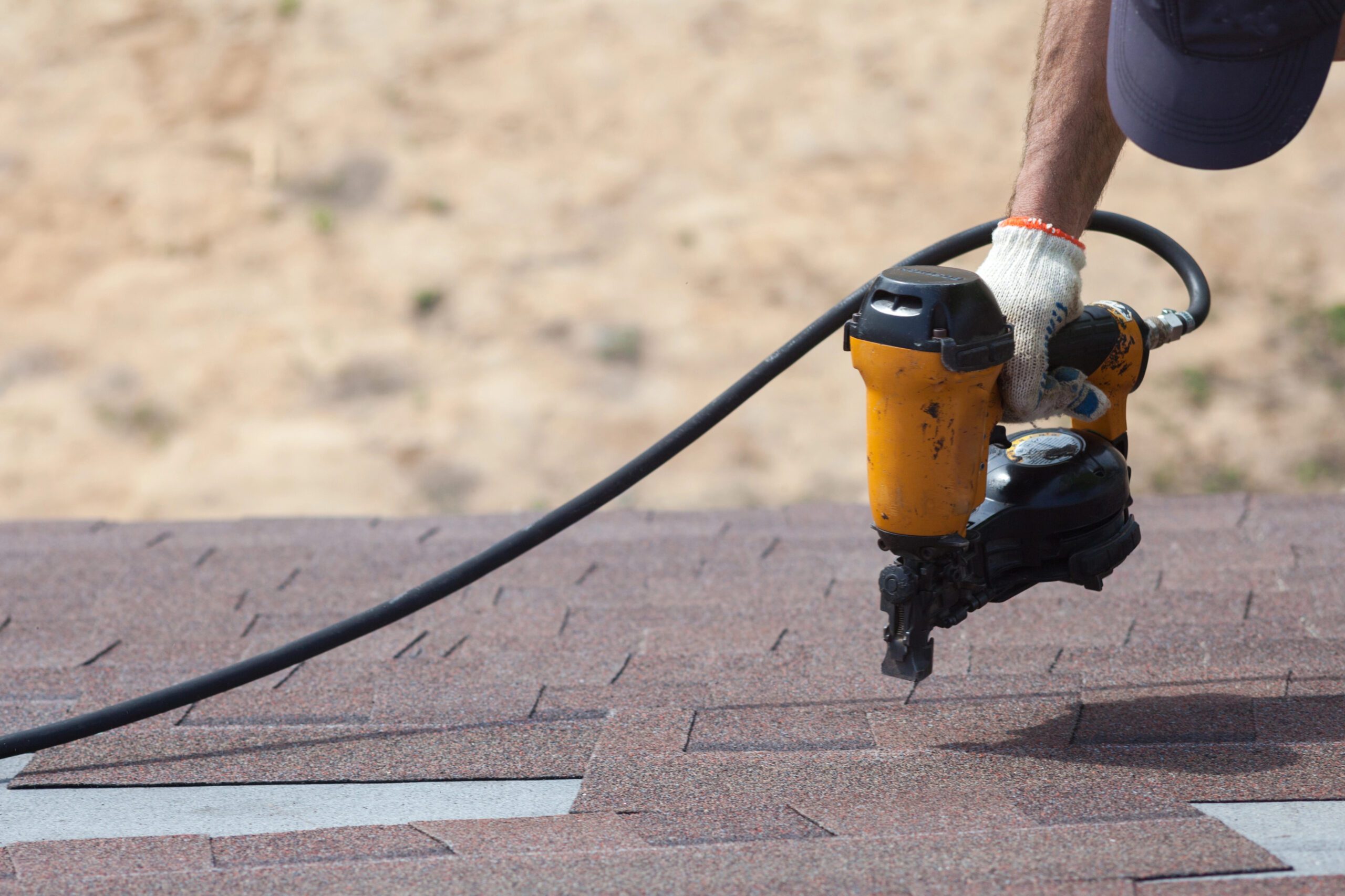
🏗️ Choosing the Right Roofing Contractor
Your contractor choice significantly impacts both cost and quality. Here’s how to find the right roofing professional for your project, especially when seeking affordable roofing solutions in metro detroit roofing markets.
Research and Vetting Process
- Local reputation – Check online reviews and Better Business Bureau ratings
- Referrals – Ask friends, neighbors, and local suppliers
- Portfolio review – Look at completed projects similar to yours
- Licensing verification – Confirm all required licenses and certifications
Essential Questions to Ask
During your contractor interviews, ask these critical questions:
- “Are you licensed and insured?” – Protect yourself from liability
- “What’s your experience with my roof type?” – Ensure relevant expertise
- “Can you provide a detailed written estimate?” – Compare costs accurately
- “What warranties do you offer?” – Understand long-term protection
- “How do you handle unexpected issues?” – Clarify change order procedures
Red Flags to Avoid
- Door-to-door sales – Reputable contractors don’t use high-pressure tactics
- Significant upfront payments – Never pay large sums before work begins
- Verbal estimates only – Always get detailed written quotes
- Unusually low bids – Often indicate corners will be cut
- No local references – Avoid contractors without local track records
Contract Essentials
Ensure your contract includes:
- Detailed scope of work – Specific materials and procedures
- Timeline and milestones – Clear project schedule
- Payment schedule – Tied to completion milestones
- Change order procedures – How additional work is handled
- Warranty terms – Both labor and material warranties

🏠 Your Roof Investment: Protection and Value
Understanding roofing costs empowers you to make informed decisions about one of your home’s most critical components. From material selection and labor factors to hidden expenses and financing options, you now have the knowledge to navigate your roofing project confidently.
Remember that your roof is more than just protection – it’s an investment in your home’s value, energy efficiency, and your family’s safety. Whether you choose cost-effective asphalt shingles or invest in long-lasting metal roofing, the right choice depends on your budget, climate, and long-term goals.
Key Takeaways for Success
- Plan ahead – Avoid emergency replacement premiums
- Budget for surprises – Set aside 10-20% for unexpected costs
- Choose quality – Invest in materials and contractors that deliver long-term value
- Maintain regularly – Extend your roof’s lifespan with proper care
Ready to Start Your Roofing Project?
Don’t let uncertainty about costs hold you back from protecting your home. Contact Leach Construction today for a transparent, detailed estimate tailored to your specific needs.
Our experienced team provides honest pricing, quality materials, and professional installation that delivers lasting value. From initial consultation through project completion, we’re here to guide you through every step of your roofing investment.
Your home deserves the best protection. Let’s make it happen together with a roof that combines quality, value, and peace of mind.

